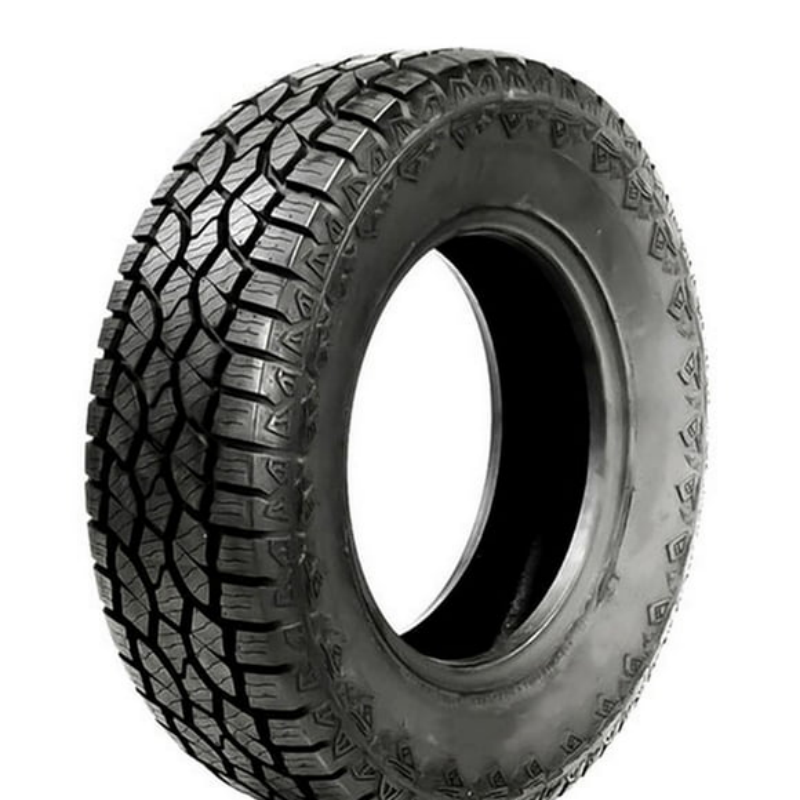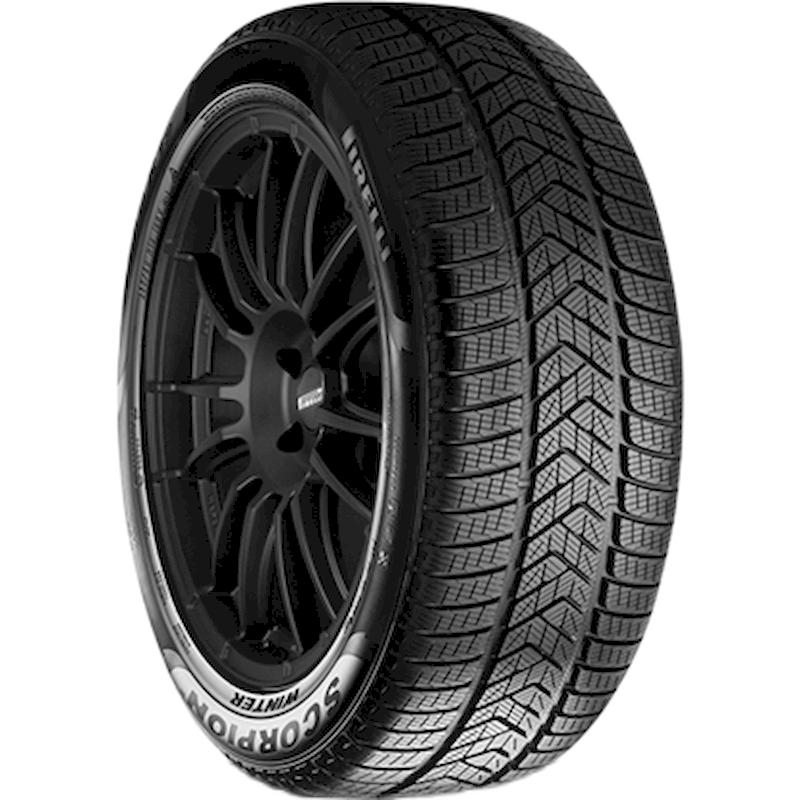What is the minimum tread depth for front tires? This question is critical for any vehicle owner who wants to ensure not only their safety on the road but also the optimal performance of their vehicle. Tread depth directly impacts a tire’s ability to grip the road, particularly during adverse weather conditions such as rain, ice, or snow. Insufficient tread depth can lead to decreased traction, longer stopping distances, and an increased risk of hydroplaning, which can ultimately result in accidents. Understanding the specifics of tread depth, including the minimum legal requirements, how to measure it, and when to replace tires is essential for safe driving. In this comprehensive guide, we will cover the importance of tread depth, how to measure it accurately, the regulatory standards for minimum tread depth, tips for maintaining optimal tire performance, and signs that indicate it’s time to replace your tires. By the end of this article, you’ll be well-informed about all aspects related to tread depth and its role in vehicle safety.
The Importance of Tread Depth
Understanding the significance of tread depth helps to emphasize why monitoring tire conditions is so vital for every driver. A few key points outline its importance:
Safety on the Road
- Traction: The primary function of tire tread is to provide grip on the road, especially in wet or slippery conditions. Adequate tread depth enhances contact with the surface for better control.
- Hydroplaning Prevention: Tread grooves allow water to escape, reducing the risk of hydroplaning. Shallow tread depths can significantly increase chances of losing traction during rainy weather.
Performance Efficiency
- Fuel Consumption: Tires with proper tread depth contribute to better fuel efficiency. Worn tires can increase rolling resistance, leading to higher fuel consumption.
- Handling: Adequate tread depth supports better handling and responsiveness of the vehicle, enhancing the overall driving experience.
Legal Requirements
- Compliance with Regulations: Most jurisdictions have legal minimum tread depth requirements. Driving on tires that do not meet these standards may result in traffic violations and penalties.
- Insurance Policies: Failing to maintain proper tread depth may affect insurance policy validity. In the event of an accident, insufficient tread depth can lead to complications with claims.
Understanding these factors relates directly to knowing what is the minimum tread depth for front tires, making it crucial that vehicle owners remain proactive about tread management.
Understanding Tread Depth Measurements
To grasp the specifics of what is the minimum tread depth for front tires, we first need to understand how to measure tread depth accurately. Tread depth is typically measured in thirty-seconds of an inch (32nds).
Measuring Tread Depth
- Use a Tread Depth Gauge: A tread depth gauge is a simple tool that allows for accurate measurements. It typically comes with a probe that you insert into the grooves of the tire.
- Penny Test: A quick DIY method involves using a penny. The depth of Lincoln’s head can help gauge whether tread depth is sufficient. Insert the penny into the tread with Lincoln facing down; if you can see the top of his head, it’s time to replace the tire.
- Quarter Test: For a slightly more accurate measure, use a quarter. Place the quarter in the tread with Washington’s head down. If you can see all of George’s head, the tread depth is too low, and replacement is necessary.
Tread Depth Standards
Most states in the U.S. have established minimum legal tread depth guidelines, usually set at 2/32 of an inch. However, many tire experts recommend replacing tires when they reach 4/32 inches for better safety, especially in wet conditions.
By knowing how to measure tread depth correctly and understanding the standards, you can make informed decisions about tire maintenance and safety.
Recognizing When to Replace Front Tires
After measuring your tire’s tread depth, you may wonder when exactly you should plan to replace your front tires. Let’s discuss some common indicators and guidelines for replacement:
Signs of Worn Tires
- Visual Inspection: Frequently inspect your tires for uneven wear patterns, cracks, or bulges. A visually compromised tire may need urgent replacement, irrespective of tread depth.
- Vibration or Noise: If you experience abnormal vibrations or noise while driving, it may signify that your tires are unbalanced or wearing unevenly. This warrants further inspection and possible replacement.
Performance Indicators
- Decreased Traction: Noticeable decrease in traction during wet or slippery conditions indicates that tread depth is insufficient. If your vehicle starts sliding more easily, it’s time to replace your tires.
- Extended Stopping Distance: If you’ve observed longer stopping distances, especially in emergency braking situations, this is a strong indicator that there may be a tire issue.

Regular Maintenance and Professional Inspections
- Routine Check-ups: Regular maintenance checks at the mechanic can help to monitor tire health, tread depth, and overall performance. These inspections are crucial for identifying potential issues before they escalate.
- Follow Local Regulations: Adhering to local or national tire safety regulations will give you a better guideline on replacement intervals, contributing to safer driving practices.
Recognizing these signs and following guidelines can empower you to take timely action, maintaining safety and ensuring your tires deliver optimal performance.
The Risks of Driving on Worn Tires
Driving on tires that do not meet minimum tread depth requirements poses significant risks beyond merely failing to handle well. Here are some of the crucial dangers associated with neglecting tire condition:
Increased Chance of Accidents
- Decreased Control: Worn tires can significantly compromise steering control, making it challenging to navigate curves and evasive maneuvers, particularly in poor weather conditions.
- Hydroplaning: Low tread depth increases the risk of hydroplaning, where tires lose contact with the road surface during heavy rain. This can lead to a total loss of control.
Reduced Fuel Efficiency
- Increased Rolling Resistance: Worn tires may lead to increased rolling resistance, causing your vehicle to work harder and utilize more fuel.
- Unbalanced Alignment: If tires are unevenly worn, your vehicle may become unbalanced. This misalignment often results in further fuel wastage.
Legal Consequences
- Fines and Penalties: Driving on underperforming tires can result in fines if pulled over by law enforcement for safety inspections.
- Insurance Implications: In the event of an accident, lack of adherence to tire regulations can affect insurance claims and liability. Insurance companies may deny claims if they find that worn tires contributed to the accident.
Avoiding these risks is essential for safe driving, reinforcing the importance of monitoring tread depth regularly.
Best Practices for Maintaining Tire Tread Depth
Maintaining tire condition and ensuring proper tread depth is vital, not only for performance but also for safety. Here are some best practices to help extend the life and functionality of your tires:
Regularly Monitor Tread Depth
- Tread Depth Checks: Make it a routine to check tire tread depth every month or before longer trips. Use a tread depth gauge or penny/test as discussed earlier.
- Using Seasonal Changes as Reminders: Seasonal changes are ideal times to remember to check the condition of your tires, allowing for early detection of wear.
Proper Tire Pressure
- Monthly Checks: Check tire pressure at least once a month and before long trips to ensure they are properly inflated. Under-inflation can lead to accelerated wear and reduced performance.
- Refer to Recommendations: Use the manufacturer’s recommendations for optimal tire pressure, typically found in the vehicle’s manual or sticker placed in the driver’s side door jamb.
Rotate Tires Regularly
- Rotation Schedule: Rotate your tires every 5,000 to 8,000 miles or during regular maintenance check-ups to promote even tire wear.
- Professional Help: If needed, consult with your mechanic or tire service professionals for the best rotation schedule based on your vehicle type.
Align Your Wheels
- Periodic Checks: Regularly check your vehicle’s alignment, especially if you notice unusual tire wear or if the steering feels off.
- Professional Service: Having your vehicle aligned professionally will ensure better tire life while enhancing overall handling.
Be Mindful of Driving Conditions
- Avoid Harsh Roads: Whenever possible, avoid potholes, debris, and rough terrains that can wear down your tires quickly.
- Drive Smoothly: Practicing smooth acceleration, braking, and cornering can reduce strain on your tires, helping maintain their tread.
By practicing these maintenance tips, you will contribute to extending the lifespan of your tires while ensuring your vehicle performs optimally.
Choosing New Tires: A Replacement Guide
Understanding how to choose new tires is crucial when the time comes for replacement. Taking the right steps ensures that you select the best match for your needs. Here’s a step-by-step guide:
Assess Your Driving Style
- Driving Conditions: Consider where you primarily drive—city streets, highways, off-road, etc. Different tires are designed for different conditions.
- Performance Preferences: Decide if you prioritize comfort, handling, or performance in varying weather conditions.
Tire Types and Features
- Understand Types: Explore the various types of tires available—each serving different purposes (e.g., all-season, performance, off-road).
- Choose Appropriate Features: Look for features that address specific needs, such as enhanced traction, noise reduction, or fuel efficiency.
Size Matters
- Manufacturer Specifications: Refer to your vehicle’s manual for the recommended tire size. Correct sizing is crucial for vehicle performance and safety.
- Tread Pattern: Consider the tread pattern and its impact on performance for the type of driving you plan to do.
Research Brands
- Look for Quality Brands: Research reputable tire brands known for reliability, safety, and performance. Brands like Michelin, Goodyear, and Bridgestone have built strong reputations in the industry.
- Read Reviews: Customer reviews and expert opinions can provide valuable insights into the performance and longevity of specific tire models.
Budgeting for Tires
- Balancing Quality and Cost: While finding good deals is important, investing in high-quality tires usually provides better performance and durability.
- Consider Warranty Offers: Look for tires with warranties, as this can protect you against defects or provide peace of mind regarding your investment.
By following these steps when choosing new tires, you’ll be better equipped to select the right options that fit your vehicle and driving style.
Conclusion
Knowing how often to change motorcycle oil, understanding the importance of minimum tread depth for front tires, and mastering the intricacies of vehicle maintenance are crucial skills for every responsible vehicle owner. This guide focused on the importance of regularly monitoring tire tread depth, recognizing signs of wear, and understanding the maintenance needed to keep your vehicle safe.
Additionally, familiarizing yourself with the best practices for tire care and rigorous maintenance enables your vehicle to perform adequately throughout its life cycle. This knowledge fosters not only driver and passenger safety but also ensures that your vehicle remains a reliable mode of transportation.
Ultimately, being proactive about vehicle maintenance, specifically regarding tires, contributes to enhanced safety and an enjoyable driving experience. Embrace these practices, stay informed, and enjoy every journey with confidence in your braking system, steering response, and overall driving performance.